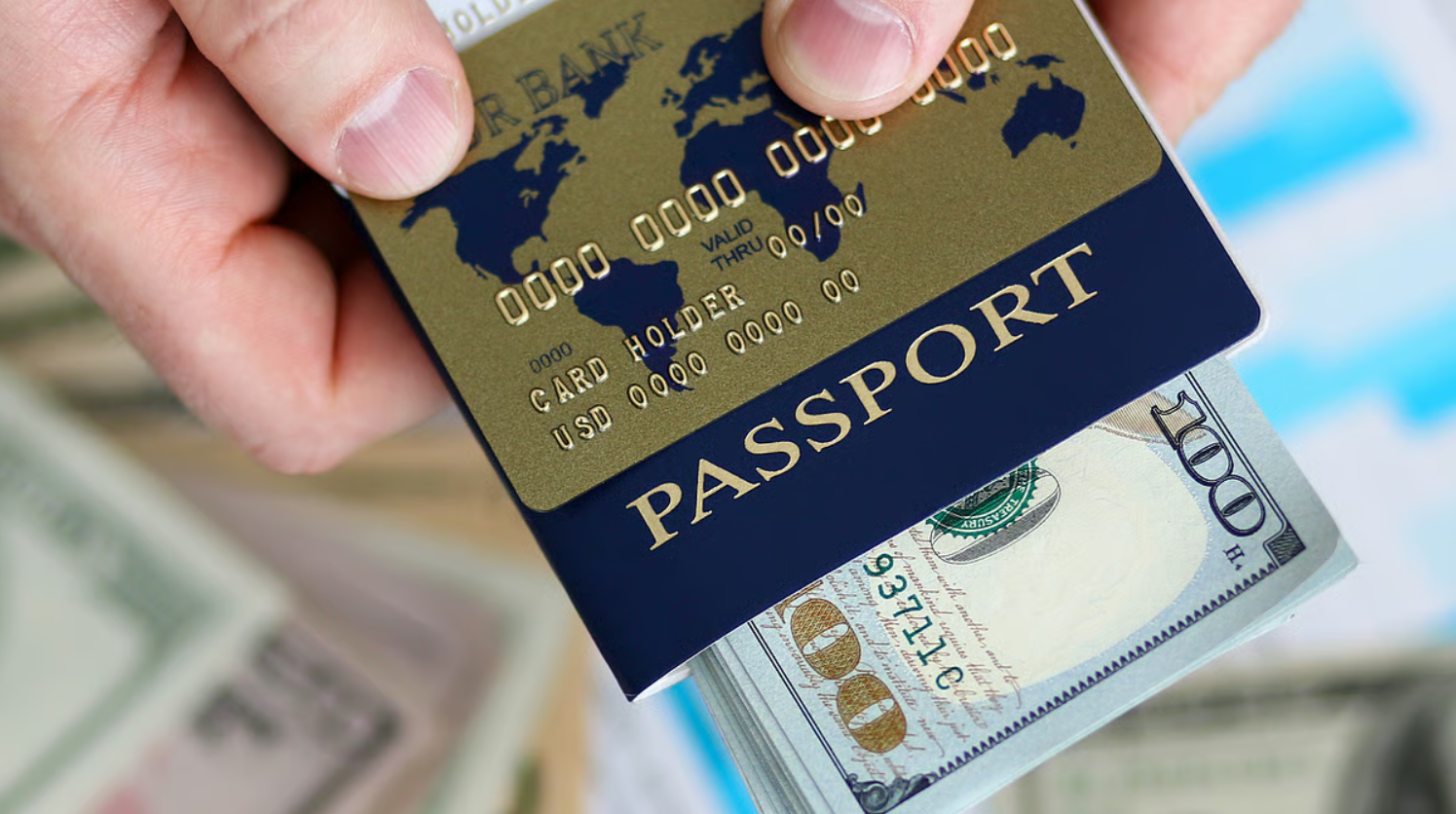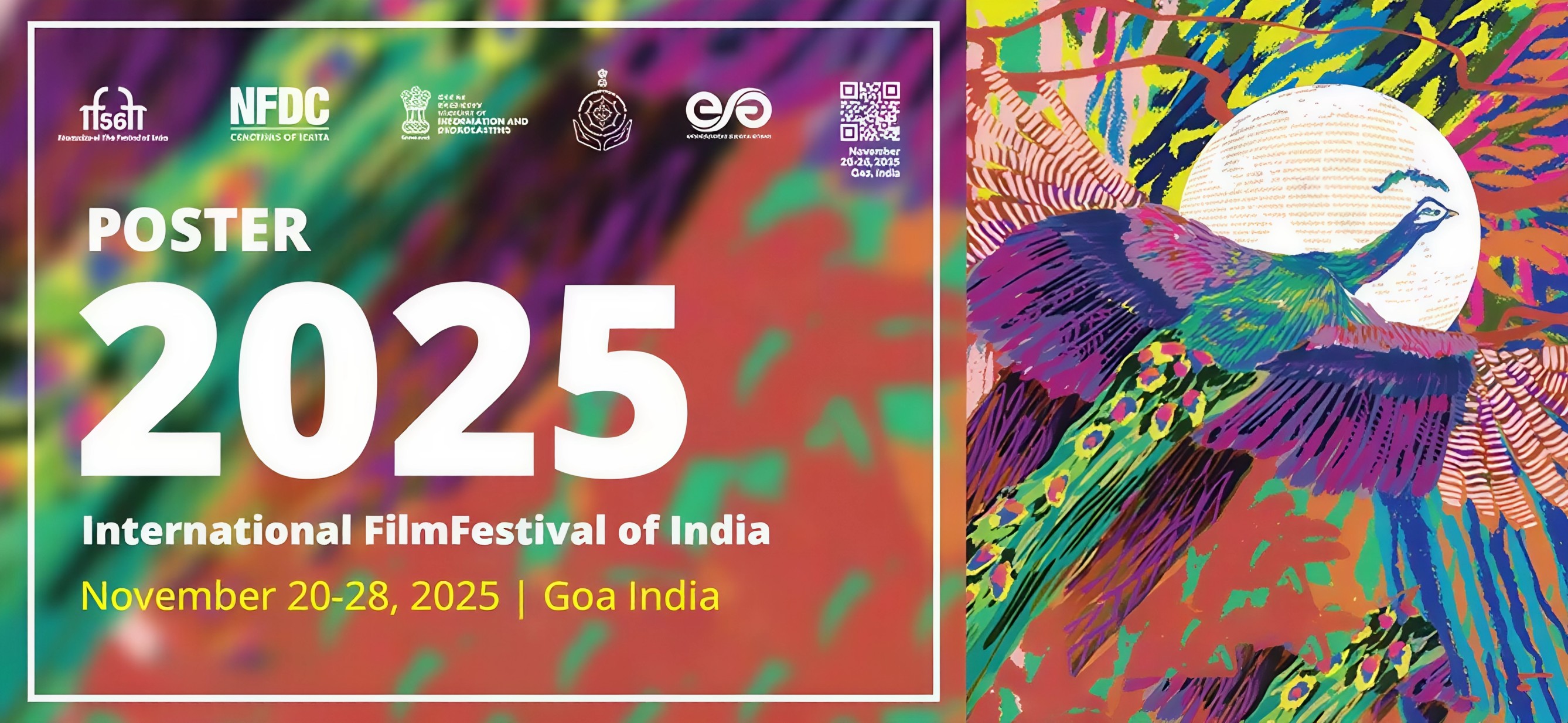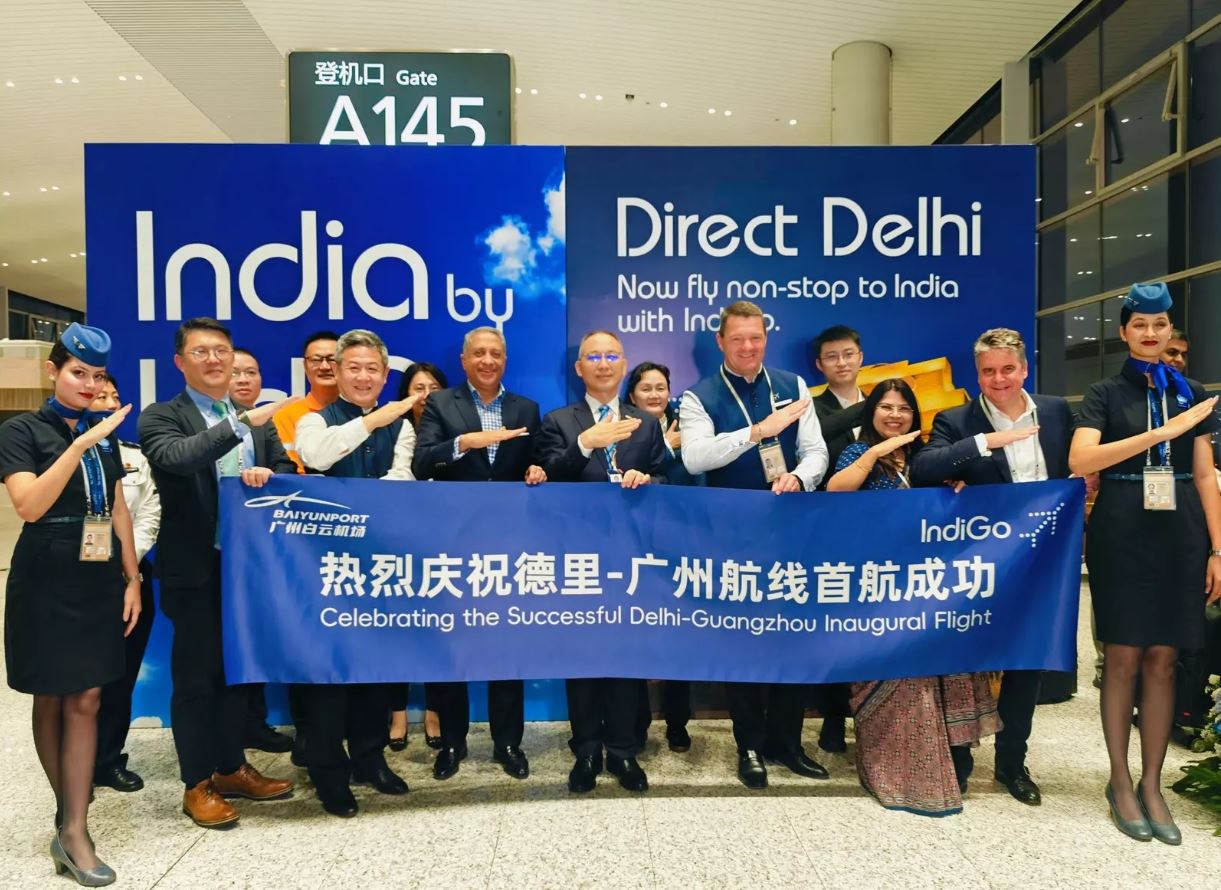Travelling abroad is exciting but comes with the question of how to carry money safely and efficiently. Indian travellers often wonder whether to rely on a prepaid forex card, carry foreign currency, or use debit and credit cards for expenses. Each option has its advantages and limitations, and making the right choice can make a significant difference in convenience, security, and cost during your trip.

Forex cards, also called travel cards, are prepaid cards that can be loaded with one or more foreign currencies before departure. They function like debit cards abroad, allowing you to make payments at restaurants, shops, and ATMs without directly linking to your primary bank account. This makes them one of the safest options for international travel. Most forex cards are PIN-protected and can be blocked immediately if lost or stolen. Some banks also provide backup cards for emergencies. Another benefit of forex cards is that the exchange rate is locked when you load money, protecting you from currency fluctuations during your trip. Multi-currency cards are especially convenient for travellers visiting several countries in one journey. Many cards also provide expense tracking through apps or SMS alerts, and their charges are often lower than those of international debit or credit cards.
However, forex cards are not without drawbacks. Banks charge issuance and reload fees, and cash withdrawals from overseas ATMs may incur small fees. Certain small vendors, taxis, or rural areas may not accept cards, requiring travellers to carry cash as a backup. Withdrawal limits also apply, and unlike credit cards, forex cards do not offer rewards such as points or cashback.

Despite the convenience of forex cards, carrying some cash in local currency remains essential. Cash is universally accepted even in remote or rural areas where digital payments may not be possible. It is particularly useful for small transactions such as tips, taxis, street food, and market shopping. Unlike cards, cash does not require technology or internet access to be used, and once exchanged, there are no hidden transaction fees. However, cash comes with risks as it can be lost or stolen, is difficult to carry in large amounts, and airport or tourist exchange counters often offer unfavourable conversion rates. Tracking spending with cash is also more challenging than with cards.
Other payment options such as international debit and credit cards have their own pros and cons. Debit cards allow ATM withdrawals but often come with high foreign transaction fees and variable exchange rates. Credit cards are widely accepted and offer rewards but may include cash advance charges and currency conversion costs. Experts recommend paying in local currency when using cards to avoid additional charges and bypass airport exchange counters whenever possible. In India, travellers should also keep in mind the Tax Collected at Source on forex card loads.

The most effective strategy for managing money abroad is to combine different payment methods. A forex card is ideal for major expenses such as hotels, dining, and shopping. A portion of your budget should be kept in cash for local transport, street food, tips, and small purchases. Carrying a backup debit or credit card or a digital wallet adds an extra layer of security in case of emergencies. For trips under a week, allocating about seventy percent of your funds to a forex card and thirty percent in cash works well. For longer or multi-country trips, multi-currency cards combined with twenty to thirty percent in cash provide flexibility. In rural or remote destinations, cash should make up half or more of your travel funds while the card covers larger payments.
Ultimately, there is no single solution for carrying money abroad. A balanced approach using a forex card, cash, and a backup card or digital wallet ensures convenience, security, and control over expenses. Travellers who plan in advance and follow these practices are more likely to enjoy a smooth, stress-free, and economical international trip.
Stay updated with the latest travel tips, money-saving advice, and international travel guides by following Tech Moves on Instagram and Facebook.









